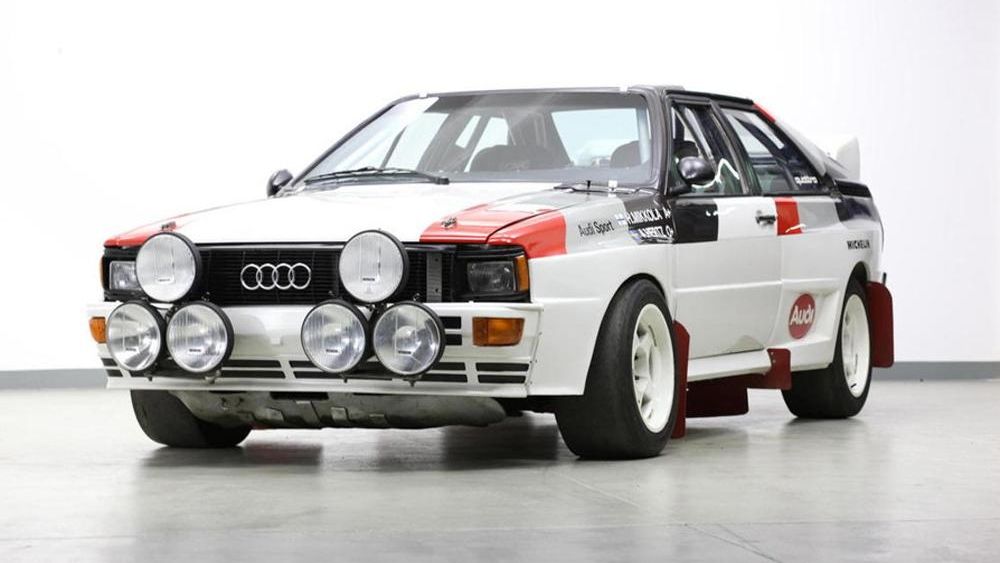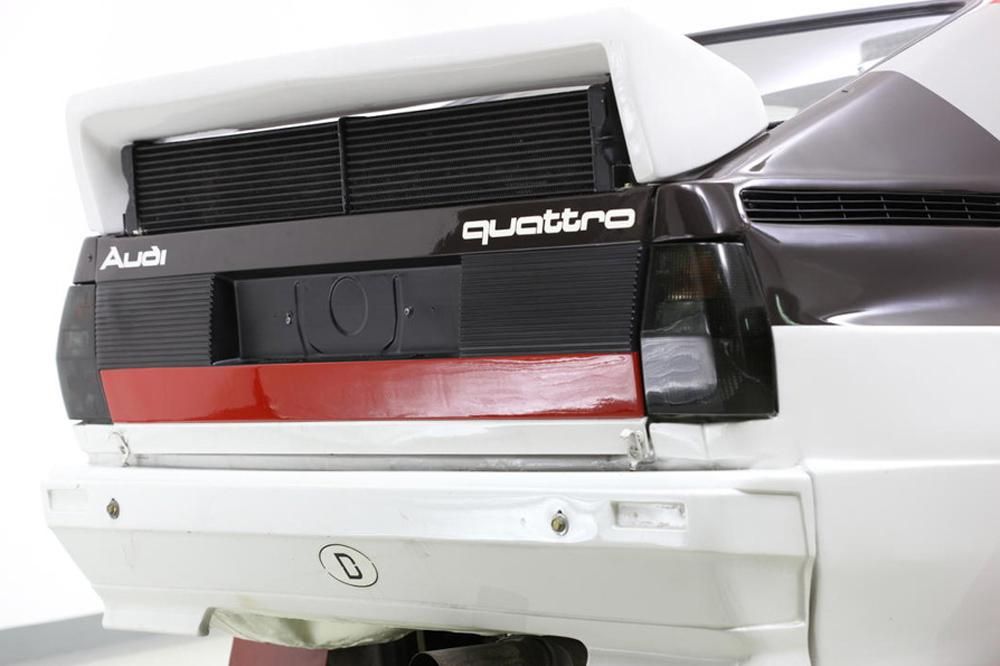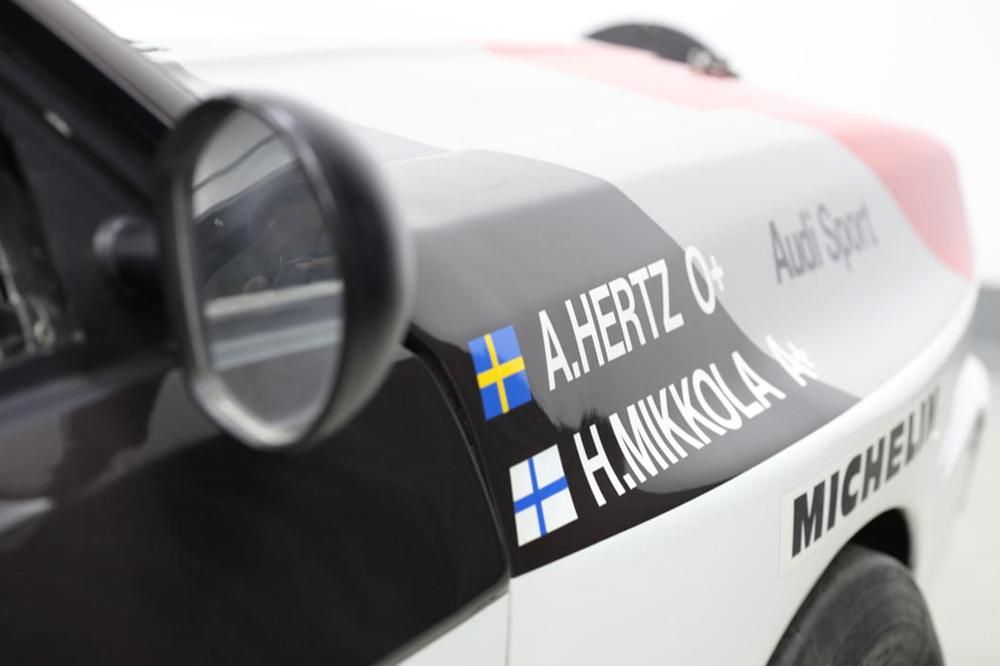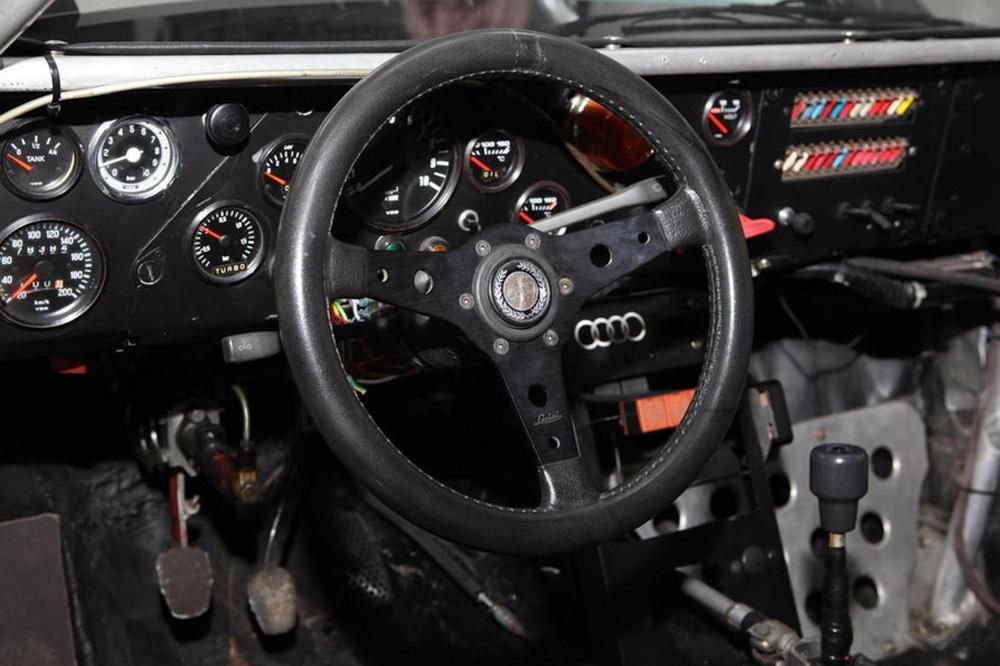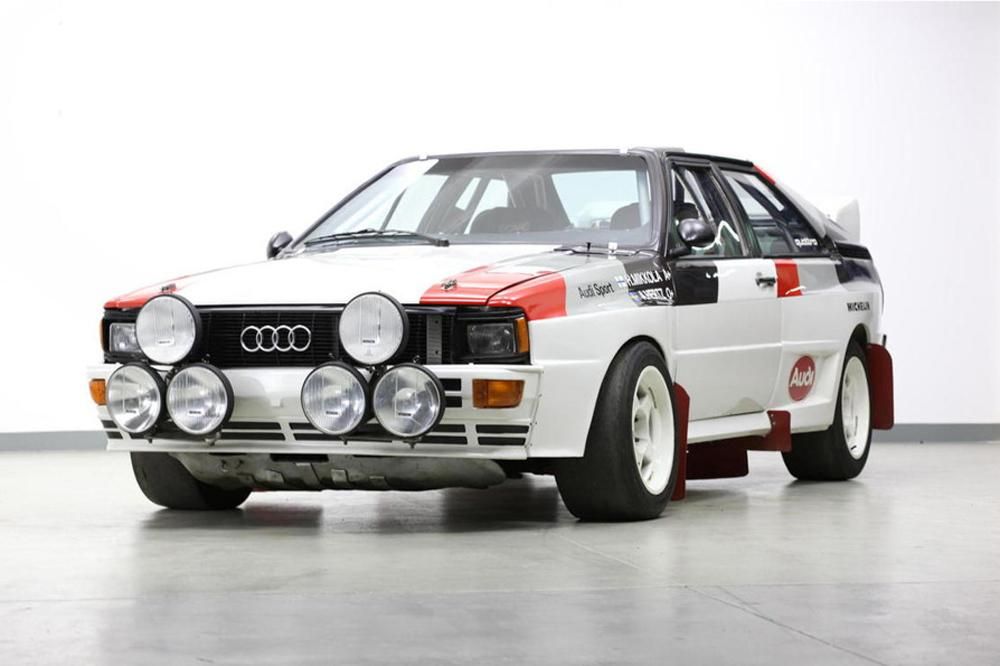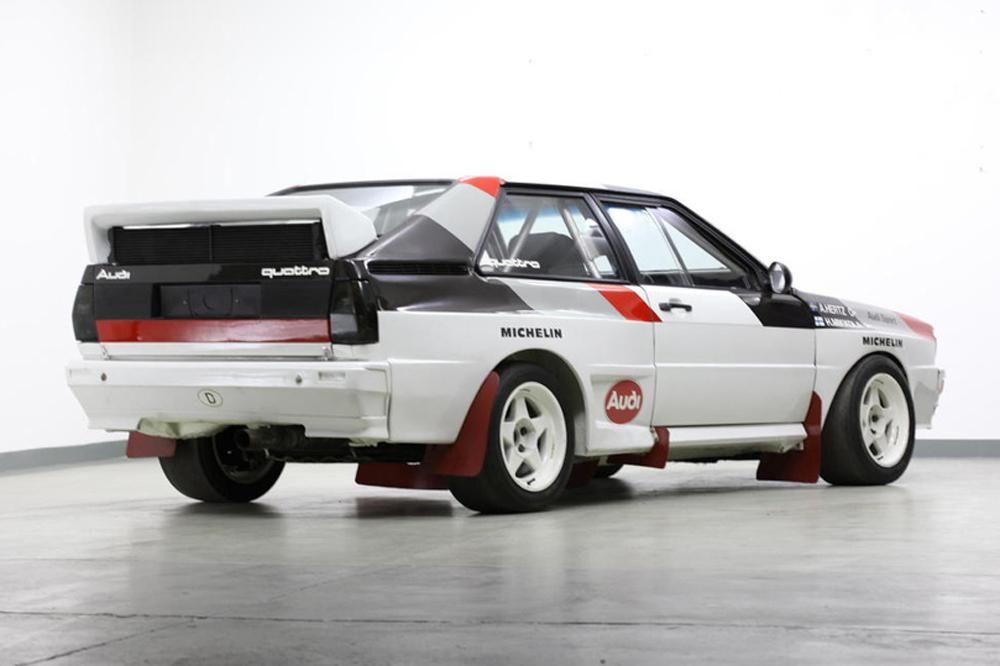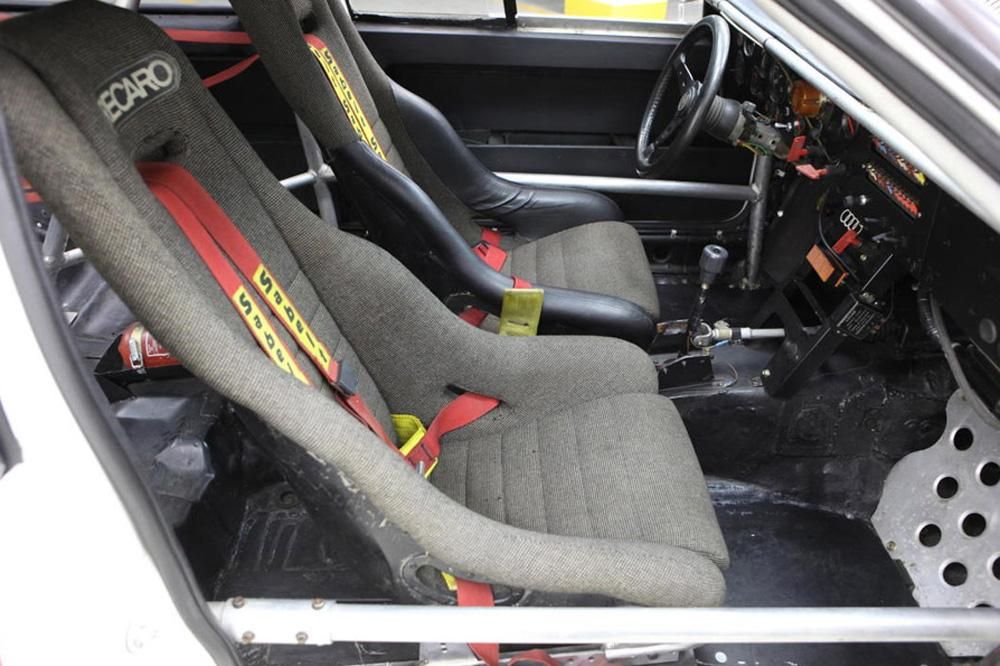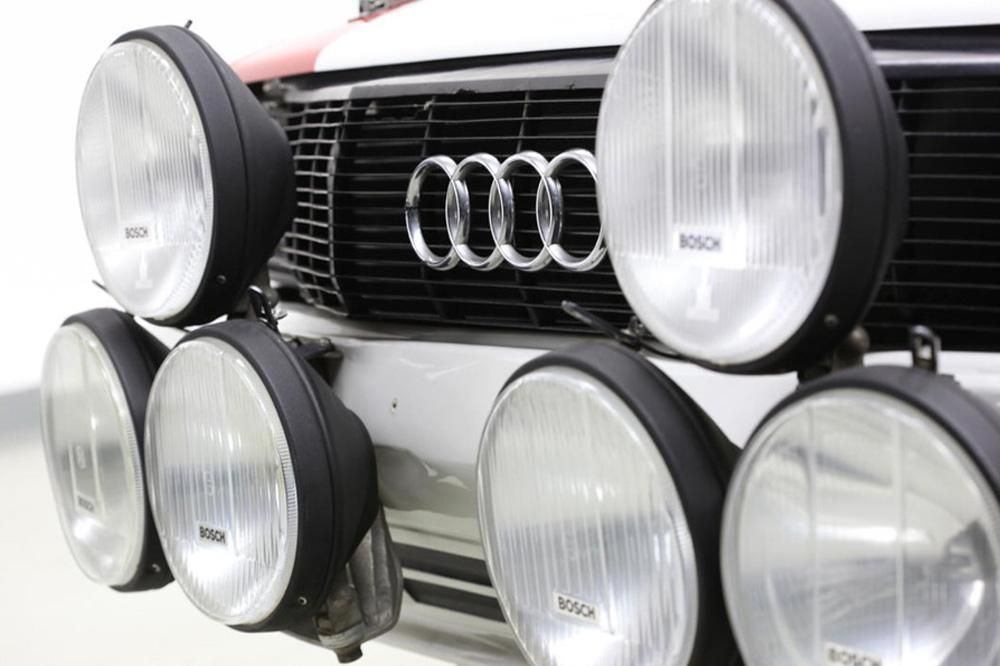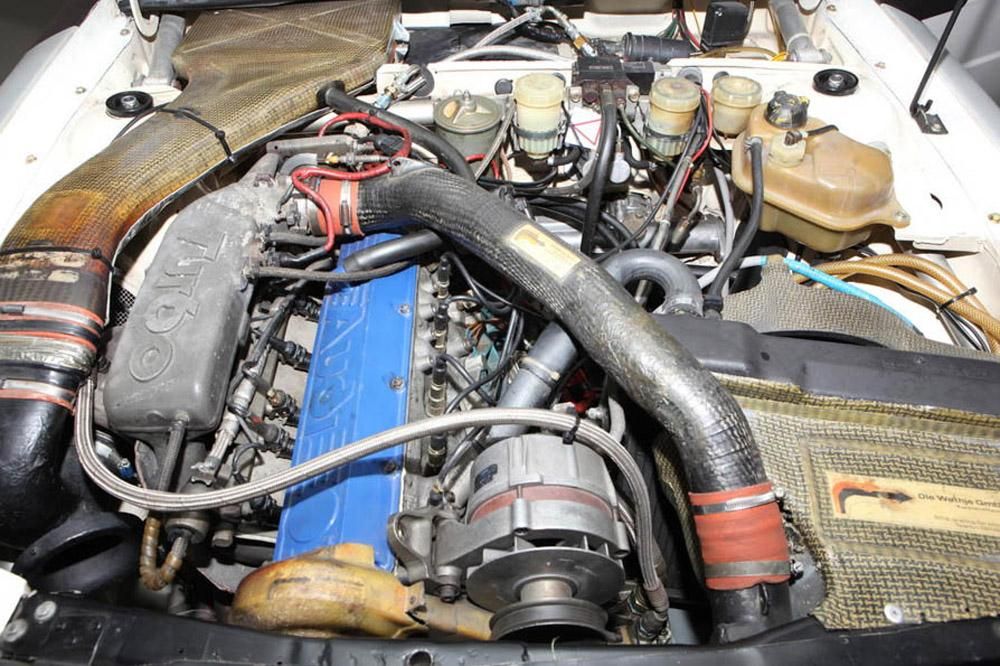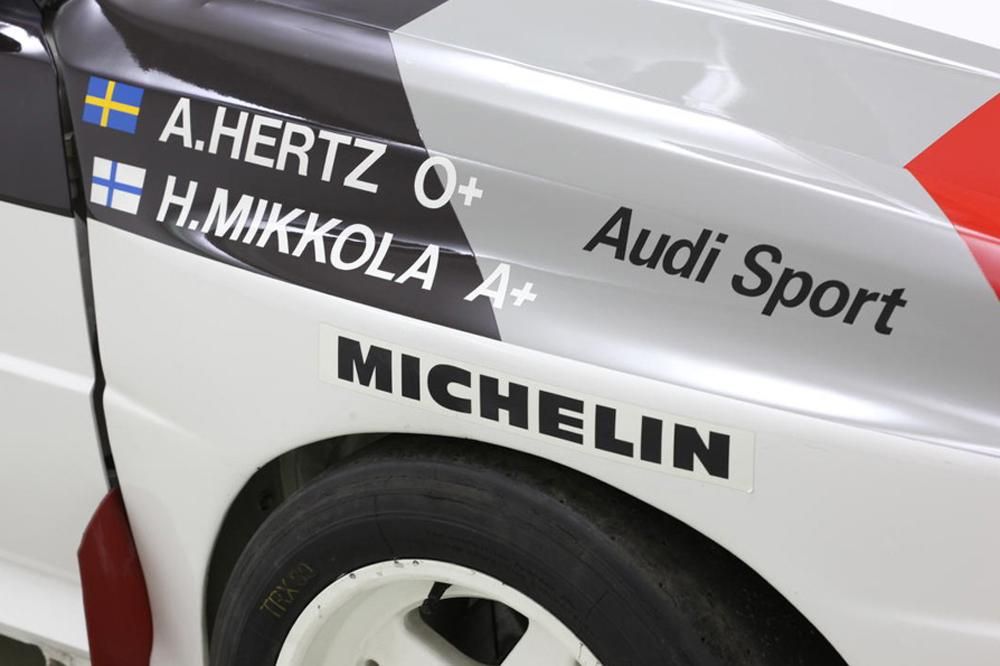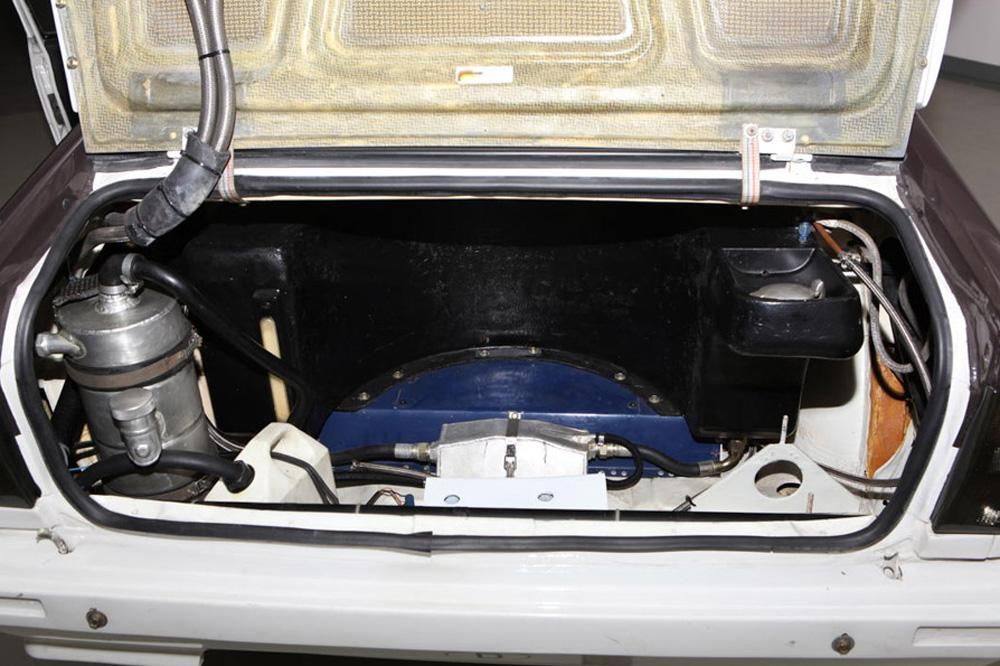Usually, evolution is a gradual process, even in motorsport. Little mutations here and there, slight advantages gained from experimentation, all adding up to big differences over time.
Every so often, though, there’s that one car you can point to as a defining moment when everything changed. Sometimes, a car comes along that’s so radical, so revolutionary, that its influence reverberates well past its lifetime. The Audi Quattro is one such car.
The reason is simple, and can be summed up in a single, three-letter acronym: AWD.
Before the Quattro, rally cars->ke191 used only two wheels for traction, resembling something closer to circuit racers than the all-wheel monsters we know today. The Quattro changed that. Despite misgivings about the weight and complexity of AWD systems, the Quattro almost immediately proved its worth on the international rally scene when it was first put into competition, going on to hand Audi->ke14 the Manufacturer’s Championship title in 1982 and 1984, as well as winning the Driver’s Championship in 1983 and 1984. After the Quattro, rally racing veered heavily towards the implementation of AWD and never looked back.
But in addition to resounding success in motorsport, the Quattro also helped usher in the era of AWD for production passenger vehicles. With its capabilities proven on the grueling stages of the WRC,->ke523 Audi’s new driveline became a prominent feature on its road cars, offering superior grip no matter the conditions.
It’s a car filled with technological breakthroughs and history. And now, one example is up for auction.
Continue reading to learn more about the 1982 Audi Quattro A1 Group B Rally Car.
1982 Audi Quattro A1 Group B Rally Car
- Make: Array
- Model: 1982 Audi Quattro A1 Group B Rally Car
- Engine/Motor: inline-5
- Horsepower: 200
Car History
In 1983, Hannu Mikkola took his first Driver’s Championship over the lighter, RWD Lancia Rally 037. The Group B racer you see before you helped him achieve that victory. Also called the “Ur-Quattro,” this original Quattro was manufactured in the first quarter of 1982. It’s a fully restored, genuine factory works racer (chassis number 900012), which took second in Group 4 spec at the Monte Carlo rally->ke993 that same year, going on to finish 16th in Sweden. The car was retained for training duties into the 1983 season before receiving a conversion to Group B specification. It was then sold, racing on under the guidance of ex-Saab->ke75 rally driver, Antero Laine.
Laine took 900012 to victory in various events throughout the mid-80s, including the Finnish Rally Championship and the Arctic Rally. In 1987, the car was sold to Erkki Heikkurinen, who drove it to victory in the Mantta 200 Rally. Additional drivers include Markku Valtonen and Raimo Skog, both of whom took the helm in 1989. In 1991, Swedish Audi collector Anders Carlsson put the car on display in a museum.
In 1995, 900012 changed hands once again, finding its way to its current owner via sale at the Brooks’ Olympia auction. The engine had received a top-end overhaul, but needed some additional work to the bottom end before it would be suitable for competition. With that in mind, the owner sent the car to rally specialists Konrad Schmidt Motorsport GmbH in Cadolzberg, Germany, for a complete restoration. While once again ready to churn dirt, the car has instead been maintained in pristine condition, and is currently registered in Greece under historic plates.
Exterior
Visually, the Quattro is pure 80s. The lines are boxy and squared, especially in the nose, where the headlights, grille, and bumper form one solid rectangle. A six-pod light array mounted up front bookends the chrome four-ring badge. Broad C-pillars fall back gradually into the rear end, where a triangular wedge spoiler keeps the tail of the two-door coupe in line at speed.
The Quattro shares a number of components with the coupe version of the Audi 80 model range, hence its similarities in appearance. The racer, however uses a different floor pan adapted to fit the AWD transmission and independent rear suspension. The distinctive flared wheel arches, as styled by automobile designer Martin Smith, sit above wide, five-spoke white rally wheels, complemented by red mudguards.
The red, grey, and black livery atop the white paint is all period-correct, including the various sponsorship and manufacturer's insignia. The fenders boast the names Hannu Mikkola and Arne Hertz as reference to the car’s previous world-champion pilot and co-pilot.
Interior
Like any serious race car, the interior of this Audi is stripped and barren, laid out with a wide swath of exposed metal, wires and switches. Fixed-back Recaro bucket seats are strapped with Sabelt racing harnesses mounted into the network of steel bars making up the roll cage. The shifter sits tall above the transmission tunnel, while the steering wheel and pedals are well worn from years of competitive use. The dash is fitted with easily accessible fuses, while a complement of analog gauges keep track of all the vitals. Finally, there’s a fire extinguisher mounted in the rear.
Drivetrain
To make the muscle running through its world-changing AWD system, the Quattro used a 2.1-liter, SOHC, turbocharged five-cylinder engine, which is the same powerplant the Audi 200 sedan used. With boost provided by a large, single KKK turbo, output was rated somewhere in the vicinity of 350 horsepower, up from a standard road tune of 200 horsepower. The engine is mounted longitudinally ahead of the front axle, and mates to a five-speed manual gearbox. This delivers output to a center differential, which then splits torque 50/50 between the front and rear axle.
The AWD system represents Audi’s first-generation quattro, which was in use between 1981 and 1987 in the Quattro turbo coupe,->ke2463 80 B2 platform, Coupe quattro B2 platform, and 100 C3 platform, as well as the VW Passat->ke224 B2 platform. It features permanent AWD, an open center differential lockable from the dash, an open rear differential lockable from the dash, and an open front differential that is not lockable.
Prices
This particular Quattro will hit the auction block later this month at the Goodwood 73rd Member’s Meeting in Chichester, England. It’s expected to fetch between $350,000 and $410,000.
Competition
Peugeot 206 T16
Often hailed as one of the greatest rally cars ever created, the 037 represents the final breed of RWD racers in the WRC. Despite a monumental disadvantage in overall grip, the mid-mounted engine and lightweight design somehow managed to best Audi’s new fire breather when it snatched the manufacturer's championship out from under the Germans’ noses in 1983.
Pininfarina is responsible for the incredible exterior styling, which combines purposeful design elements with Italian finesse. Underneath the fiberglass hood behind the cockpit lays a supercharged, 2.0-liter, DOHC inline-four engine making 205 horsepower and 166 pound-feet of torque at the rear wheels in streetcar tune.
The gearbox is a five-speed manual, which helps render a 0-to-60 time of 5.8 seconds and a top speed of 140 mph. Four corners of double-wishbone independent suspension and Brembo/Abarth disc brakes keep the bantamweight from getting out of hand, but drivers should be warned: this car requires total focus to drive.
Original, street-trim 037s run around $250,000 at auction.
Peugeot 206 T16
Not to be left in the dust, French automaker Peugeot->ke68 got busy constructing its 206 T16 Group B homologation competitor by distributing 200 road-going versions to the public throughout the 80s. Featuring a 200-horsepower, 1.8-liter, 16-valve, turbo inline four-cylinder engine, a five speed manual gearbox, AWD, front and rear independent suspension, and four-wheel disc brakes, this nippy little speed box saw a good deal of success, including wins in the manufacturer’s and driver’s championships of 1985 and 1986. Between 1984 and 1986, the 205 T16 managed to square away 16 total WRC victories.
Like the Audi and Lancia, this historic racer also sells quite well, with one example going for $231,186 at auction.
Conclusion
The Ur-Quattro you see before you represents one of the most influential automotive mechanical designs of all time, both for racing cars and road-legal production vehicles. Not only does it mark the turn to AWD within rally, but it also points to the adoption of the technology in regular, everyday passenger cars. Before the Quattro, AWD was typically reserved for off-roading specialists. After the Quattro, the benefits of all-wheel grip were made available to all. It could even be argued that modern sports cars like Lamborghinis->ke44 and Porsches->ke1 wouldn’t be offered with AWD if it weren’t for the venerable Quattro rally car.
This machine is an immaculate example of one of rally’s most evocative eras. It has the history, performance, and technology to place it among the world’s motorsport elite. It’s like a primordial fish that crawled from a sludge pit and immediately sprouted wings. And for that, it should be celebrated.

